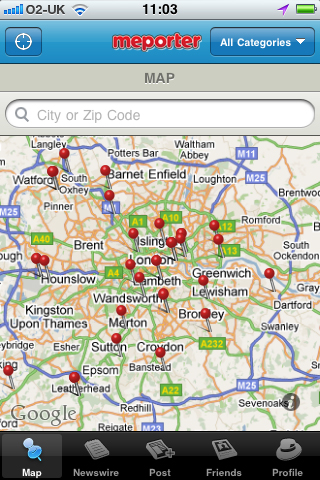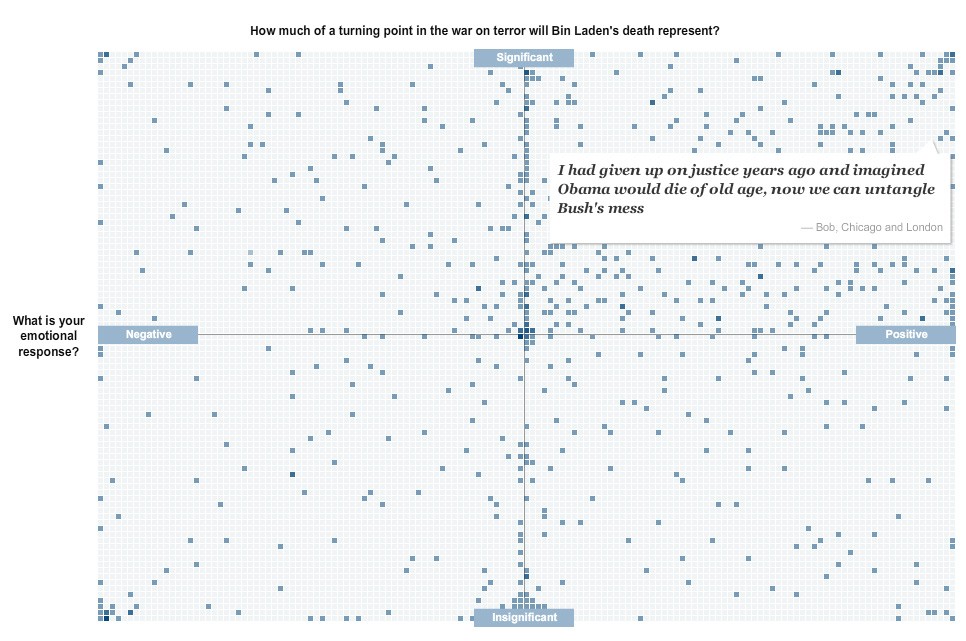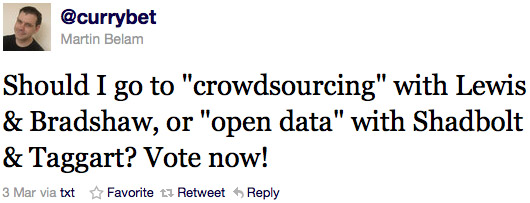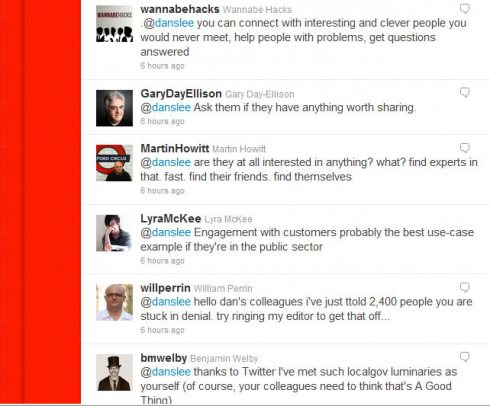Meporter is a location-based iPhone app for reporting local news by sharing geolocated text, photos and videos.
It is just three weeks old and this week is launching a social media and advertising campaign to gather the critical mass of reporters – or Meporters, as they are known – needed to make the start-up a success.
Meporter was launched at TechCrunch‘s Disrupt 2011, a technology competition in New York, after being chosen as one of the 26 companies, out of 1,000 applicants, to be showcased.
Since then Meporter has set up in several countries, including the UK, China, Australia, Japan, Spain, Italy as well as the US, according to CEO and founder Andy Leff.
The kind of stories being reported are not just breaking news events but restaurant, theatre, festival and art reviews.
A quick check for Meporter reports for London reveal “fat lady gets arrested” in Hackney, “roadworks” in Lewisham and “sun shining in Wanstead”.
It is obvious what is needed now is an increase in the number news stories filed, plus if it is used for news gathering, journalists need to know how to verify reports coming in.
When he spoke to Journalism.co.uk Leff said he had not checked Meporter iPhone app downloads for a few days but said the number was “in the tens of thousands”.
So, how can it be used by journalists? So-called citizen journalists can report news and if enough local reporters sign up in an area, it can be used as a news gathering tool as Leff explained:
We’re actually in discussion with number of local publishers, regional publishers, national publishers and international publishers about incorporating Meporter into the news-gathering programmes.
We’ve got interest from a lot of newspapers here in the US, television broadcast companies and we have been contacted by some media publications in Germany to see how they can integrate Meporter.
What they’re saying is that they don’t have the resources or the manpower to get all the news in their local areas but they’re always having people ringing them on the phone saying “nobody’s covering the high school football game”.
News outlets are losing readers because they can’t cover everything.
That will no doubt resonate with local news organisations in the UK and the idea that they can crowdsource local news, including photos and videos, vet the incoming stories, verify them and publish is likely to be appealing.
But for this to work it will require huge take-up and the addition of an Android app, which, along with a BlackBerry app, is due to be launched soon.
Leff is now focussing on spending money to gain that critical mass.
The initial $300,000 cost of launch he gathered by “scrounging through my wallet, couch cushions, begging family and friends” and is now in further talks with investors.
A social media and advertising campaign called the Million Man Launch will see cash give-aways of $27,000 with thousands of dollars being rewarded when milestones of active users are reached.
Meporters are also being incentivised through a badge system, similar to that used by Foursquare, with users able to trade in badges for prizes gathered through sponsorship deals.
The start-up has a long way to go. According to the geolocated app there are just three Meporters in Brighton and between 20 and 30 in London. However, this is an increase from no Meporters in either city a fortnight ago.
Meporter has the potential to reopen a debate on citizen journalism. But what Meporter offers is not that far removed from how local newspapers have always used village reporters to crowdsource and gather local stories. What has changed is the reporting method and thus the demographic of the reporters.
Andy Leff CEO of Meporter, a location-based iPhone app for reporting news by journalismnews










